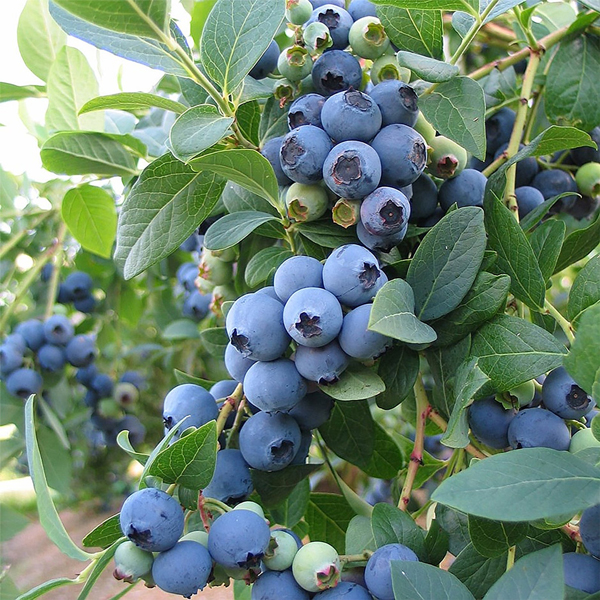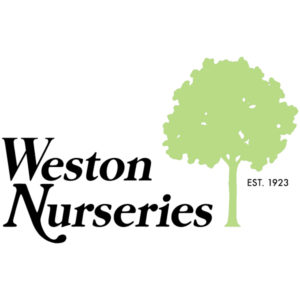By Stacy Brewer, ParentMap.com
It doesn’t really feel like summer until you’ve spent a warm morning in a u-pick field filling your belly and a bucket with ripe berries. But you don’t have to load the kids in the car and make a long drive to a farm outside of the city to enjoy that sweet satisfaction. Your family can have unlimited access to those healthy gems right in your own backyard! Adding a berry patch to your garden can provide you with delicious fruit and fun for years.
Like most edibles in your garden, there are a few fundamentals all berries need to thrive. Berries need access to full sun, which means at least six hours a day. Another very important element is good drainage. Most berry plants are sensitive to soils that remain wet for long periods of time.
Planting them in a raised bed can be an easy solution for that.
Berries should be planted in the spring, as soon as the soil can be worked. If the soil is really wet, wait for a few consecutive dry days to dig that hole. Also, you have to be willing to plant an abundance of berry plants if a bountiful harvest is what you want. They don’t call it a berry patch for nothing!
Strawberries
There are three types of strawberries: June-bearers, which produce one big crop a year; Ever-bearers, which produce two crops, one in the summer and one later in the fall; and Day-neutrals, which produce small berries throughout the growing season. The thought of having a continuous harvest always had me choosing day-neutrals in the past, but once I planted a patch full of June-bearing strawberries and reaped a generous harvest of beautiful, ripe berries, I officially became a June-bearing strawberry convert.
June-bearing strawberries, especially if you start with a large quantity of plants, will provide you with bigger fruit, a bigger yield, and a crop that has a large quantity of fruit ready at one time.
A well-maintained strawberry patch will be productive for three to five years. Since they really need well-draining soil, a raised bed can be a great place to grow strawberries. Make sure when you plant them to keep the crown — the place where the foliage begins to grow — level with the soil. The top roots should be just below the soil surface and aiming downward to give them a good start. A June-bearing strawberry patch also benefits greatly from a pruning process called renovation, which should happen soon after your last harvest.
Blueberries
Of all the backyard berries, blueberries are the most particular, but most would agree they’re worth the fuss. There are many different varieties of blueberries, but I have found that it’s best to consider height and harvest time.
Depending on where you plant them in your landscape, you may prefer a low-growing variety, lowbush blueberries, or the varieties you typically encounter at your favorite u-pick farm, the highbush variety. Some people choose to plant one variety that produces ripe fruit early in the summer and another that produces in the fall, for an extended harvest.
The key is to plant at least two blueberry bushes for optimum pollination and fruit production. Blueberries can also be planted in containers. Whether you plant them in the ground or in a pot, it’s also wise to think about putting up netting for the birds unless you are willing to share.
Blueberries are very particular when it comes to soil. Besides being well-draining, the soil should be high in organic matter and should be acidic (pH between 4.5 and 5.5). Soil with a pH that is too high (too alkaline) is the most common problem gardeners have when growing blueberries. So when it comes to these berries, a soil test would be a good first step. Alternatively, if you just want to get them in the ground and see how it goes, which is something I’ve done many times, mix some peat moss, which is naturally acidic organic matter, into the hole when planting.
You can buy an abundance of plants without breaking the bank by catching early plant sales at local nurseries. Don’t be afraid to have them shipped — they are delivered healthy and happy, right to your doorstep!
Raspberries
In order to best care for your raspberries, you have to understand its parts. The long stick-like part of a raspberry plant that comes up out of the ground is called a cane. The canes produced the first year are called primocanes and will only produce foliage. The next season, those primocanes produce fruit and are then called floricanes. At the end of a fruiting season, floricanes die and you want to prune those out after harvest. I think of this as a bi-annual fall clean-up.
Floricane-fruiting red raspberries are summer-bearers and will produce a hefty crop during June and July. You can, however, plant primocane-fruiting raspberries, which will produce on the primocanes late in the summer and fall the first year. An added bonus is that if you leave those canes in place, they’ll become floricanes the following year and will produce fruit in the early summer like floricane-fruiting raspberries. Score!
What you’ve heard about raspberry canes being invasive is true, but if you can find a bed where you can let them spread a little, it will be worth it. You may have to pull a few rogue canes here and there that pop up beyond the boundaries you set for them, but it’s nothing too difficult to maintain.
Wherever you put them, you’ll need a trellis. I installed a sturdy wood T at both ends of the bed and added one more cross arm to the middle of each post. On each of those arms and the top T piece, I inserted an eye screw onto each end. Then I strung wire from one eye screw along the perimeter of the bed to the other on the opposite side. This allows the canes, weighed down with sweet berries, to lean onto the wires for support.
It’s a simple raspberry corral to keep those canes in check.
Originally published at https://www.parentmap.com/article/planting-a-backyard-berry-patch








